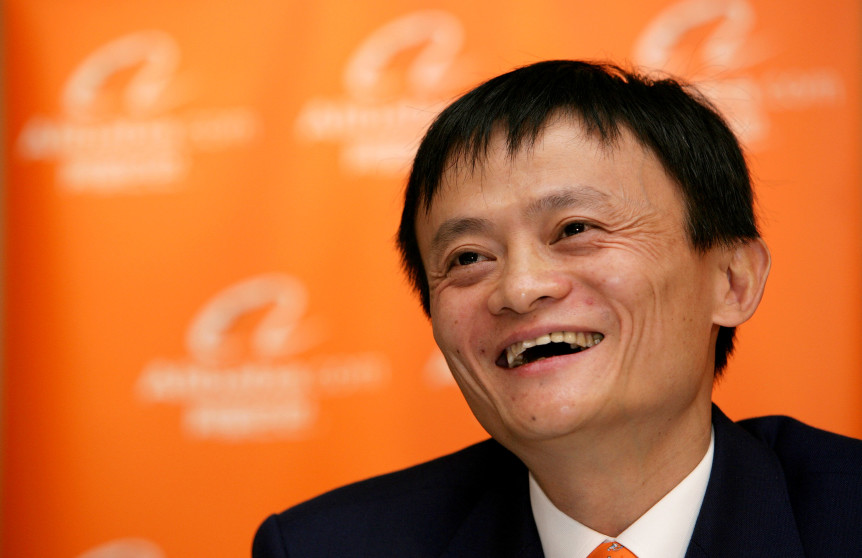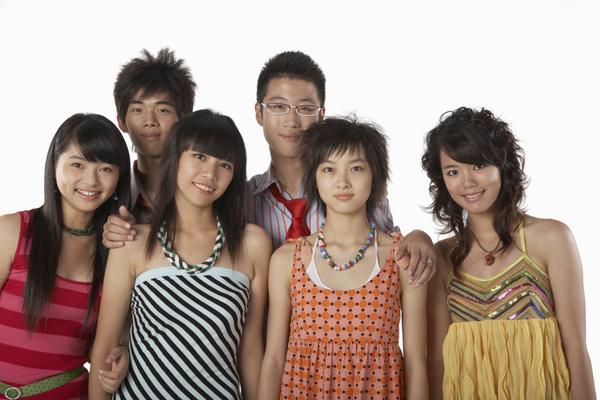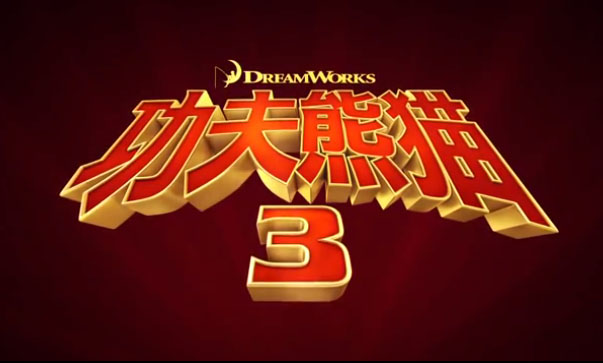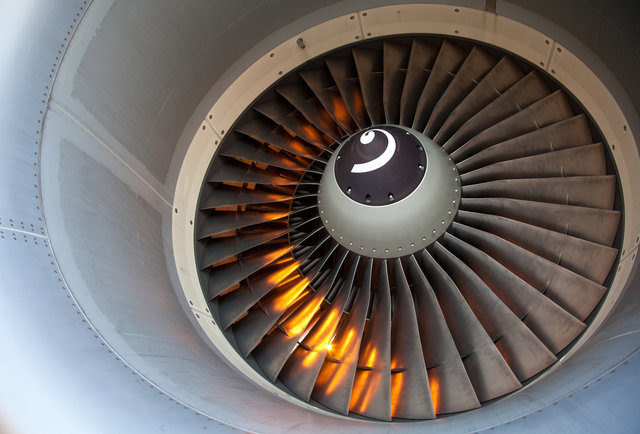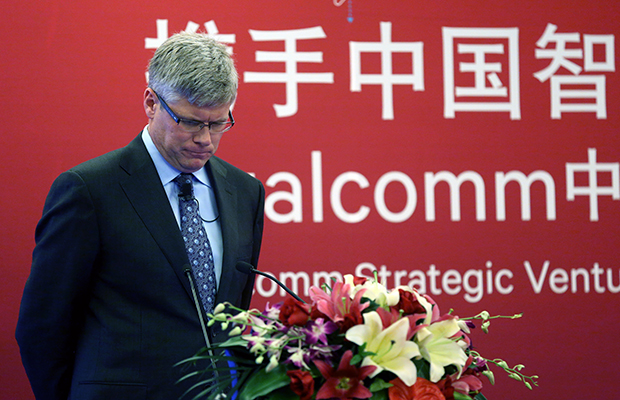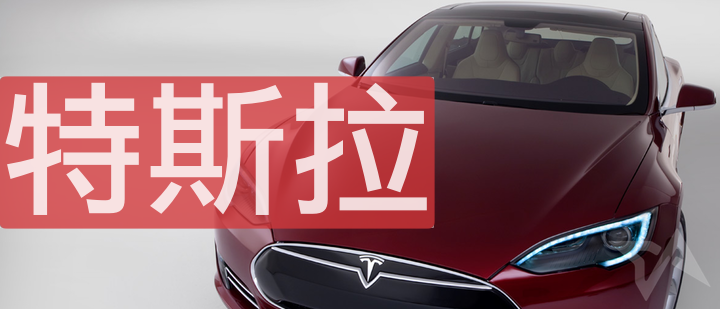This is why Alibaba thinks China’s economy is going to be just fine
The story around China for the last year or so has been the incredibly painful shift from an economy based on infrastructure investment to consumer spending.
To put it mildly, it hasn’t been pretty so far.
A centerpiece of this transition to the consumer-based “new China” has been online retail behemoth Alibaba.
The company reported earnings on Thursday and during the analyst call executives laid out their bullish argument for China and their company.
“China is still one of the fastest growing economies in the world and we have no reason to think anything different in the foreseeable future,” said executive vice chairman Chung Tsai. “We are witnessing two significant trends consistent with Chinese government reforms that provide the secular drivers to Alibaba’s business.”
These trends, as Tsai sees them, are:
Consumption-driven growth is clearly more sustainable and this plays to the strength of Alibaba with more than 400 million Chinese consumers shopping on Alibaba’s platforms.
China’s manufacturing sector lost jobs in 2014 but the service sector added 17 million jobs. Job growth is taking place and it is driven by the services economy. People now have more employment opportunities in technology, commerce, logistics, entertainment, leisure, travel and finance.
Additionally, Tsai underscored the pace at which consumer spending is picking up.
“First, consumer retail sales in China grew 10.7% in 2015; and second, and largely because of Alibaba, online penetration of retail grew from 10.6% in 2014 to 12.9% in 2015,” he said. “Taken together, these two factors help drive 30% year-on-year [gross merchandise volume] growth on our China retail marketplaces in calendar 2015.”
The company came in at $5.3 billion in revenue for the quarter. Additionally, the company said GMV, the total value of transactions made on the platform, grew 23% year over year to $149 billion.
While the company is certainly not without controversy, these numbers are impressive and indicate some strength from Chinese shoppers.
The company’s potential is also in unlocking the purchasing power of even more consumers, such those living in China’s rural hinterlands. Currently, most shopping is done in major cities such as Beijing and Shanghai, but Alibaba and others are trying to unlock the buying power of rural workers.
For Alibaba, this also is a unique opportunity because many rural areas do not have brick-and-mortar stores and will almost necessarily be more reliant on online orders. However, according to estimates, only around 50% of Chinese consumers have the internet.
